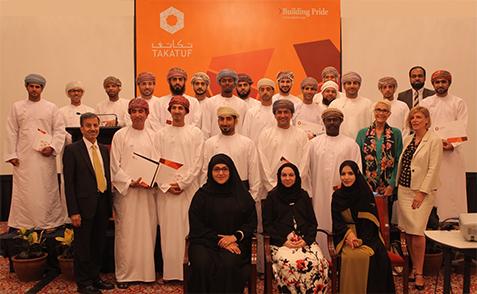You Are Your Leadership Brand
November 7, 2020HR for SMEs. Managing people related business issues.
November 9, 2020When you are fully present and aware of what you are doing and where you are; when you are not overreacting, or being overwhelmed by what is going on around you are being mindful.
Mindfulness is a state of active, open attention on the present. When you’re mindful, you carefully observe your thoughts and feelings without judging them good or bad. Instead of letting your life pass you by, mindfulness means living in the moment and awakening to your current experience, rather than dwelling on the past or anticipating the future.
The ability to be mindful is something we all naturally possess, and it is possible to practice it and make it a skill that we can use to improve our concentration and develop resilience.
That’s just focus isn’t it? Isn’t this like common sense? Well the inconvenient truth is that we quite often stray from the matter at hand. We receive a text, an email, someone stops by the office, you get a call from your spouse, your boss changes the time of a meeting, one of your team asks a question that throws your attention. Our mind takes flight, we lose touch, before long we are occupied or fixated about something that just happened or fretting about what might happen next. In the worst case we can slip into deficit thinking; we start to focus on weaknesses that need fixing or problems that need managing. Where am I going wrong? What do I want to see less of? What is the worst thing that could happen? When we are cynical and negative, we place ourselves at risk of weakening our psychological and physical resilience.
Negative emotions heighten our body’s sympathetic nervous system and sets us up for a ‘fight or flight’ response. Positive emotions on the other hand mediates the sympathetic system responses and accelerate recovery from arousing experiences. Positive emotions change our brain chemistry and enhance our ability to switch tasks effectively and adjust our efforts; making us more responsive and adaptable to change.
When you train your brain to be mindful, you’re remodeling the physical structure of your brain. So set aside some time. You don’t need any sort of special equipment to access your mindfulness skills—but you do need to set aside some time and space. Here are the basics :
Observe the present moment as it is. The goal is simple: we’re aiming to pay attention to the present moment, without judgement. Let your judgments roll by. When we notice judgements arise during our practice, we can make a mental note of them, and let them pass. Return to observing the present moment as it is.
Our minds often get carried away in thought. That’s why mindfulness is the practice of returning, again and again, to the present moment.
Be kind to your wandering mind. Don’t judge yourself for whatever thoughts crop up, just practice recognizing when your mind has wandered off, and gently bring it back.
Crispin Garden-Webster, SHRM-SCP
Senior Manager, Human Capital Consulting




